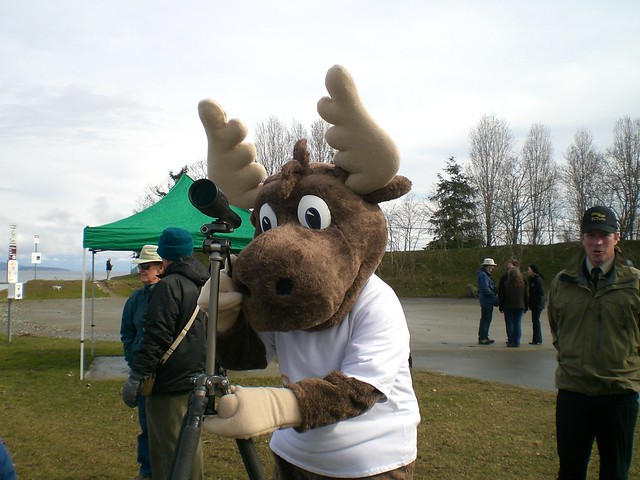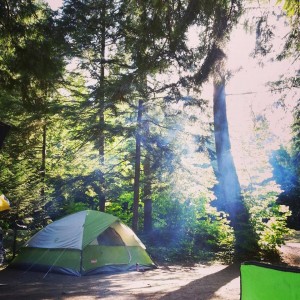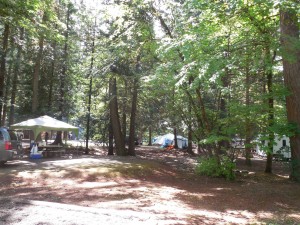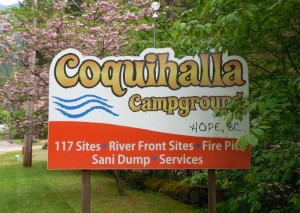What is taiga and where do you find it?
The taiga is the largest terrestrial biome and represents 29% of the world’s forest cover. The taiga biome is dominated by coniferous trees (needle-leafed trees) and located from about 50 degrees N to 70 degrees N. Since much of Canada is north of the 49th. Interestingly, there is no taiga in the southern hemisphere. The taiga has extreme temperature variation between the seasons with long cold winters dominating the climate. Low precipitation and shallow soils are also common in these areas.
Taiga is also called boreal forest or northwoods
What two countries contain most of the taiga?
The world’s two largest countries, Russia and Canada contain most of the taiga, with this ecosystem covering much of both countries. Much of Alaska is also taiga, as well as some of the northernmost reaches of the continental United States. Large parts of the Sandanavian countries of Norway, Sweden and Finland are taiga too.
What biome is found north and south of the taiga?
Tundra (with no trees) can be found to the north;while temperate deciduous forest is typical to the south of the taiga zone.
What biome is often found in low-lying pockets within the taiga?
Bogs are common in low lying pockets of the taiga.
What is permafrost and where can it be found?
Permafrost is where the ground remains frozen year round. During the summer the top layers may melt but the soil below remains frozen all year. Tundra and portions of the taiga have permafrost.
What trees are usually found in the taiga zone?
Coniferous trees such as pines, spruces, firs and tamarack (larch) are common.
-
-
-
-
Tamarack or Larch is a little different because it is a coniferous tree that looses its needles in the fall and grows new ones in the spring?
Where there is more moisture and protection from the extreme cold there will also be birches, alders and poplars.
What non-flowering plants are common in the taiga?
What kinds of animals are commonly found in the taiga?
What birds are common in the Taiga?
-
-
Black-throated Green Warbler
-
-
-
-
-
How does fire affect the taiga?
Natural fires from lightning occur every 70-100 years in the taiga. Many of the trees and plants of the taiga are fire resistant (their bark does not burn well), or like the Jack Pine, require fire to open the cones to replant the forest.
What are two important resources from taiga?
- a. Softwood for lumber and paper. as well as generation of electricity from biomass. These industries are a vital part of the BC economy.
- b. Vast wilderness and forests for outdoor recreation. In British Columbia most of the camping areas we enjoy are located in this ecosystem.
Learn about one invasive species that affect the taiga.

Cronartium ribicola on Pinus strobus
White Pine Blister Rust – This fungus was introduced from Asia. The spores from this fungus first infect Gooseberries and/or Wild Currents. It then spreads to the needles of white pines (pines with 5 needles in each cluster) and eventually kills the pine tree when it gets to the bark of the trunk of the tree.
Pine Bettle has been particularly damaging in British Columbia, although marketing the blue stained wood as denium pine has been a partial solution.
Studying the plants, animals and birds of the BC taiga forests can lead to many interesting discoveries. Moose, for example are fairly common in the forests of BC. One moose in particular has acheived real fame and sets an example for children across the province. Jerry the Moose is quite possibly the most active moose in B.C. As BC Parks official mascot, he skis, hikes, fishes, and travels around the province teaching kids about ecological conservation and outdoor recreation.
The original Jerry – an orphaned baby moose – first visited a BC Park in the 1960s when a rancher in the Cariboo found the young moose wandering alone in the woods and adopted him. This particular orphaned moose had a real affinity for two legged animals. He would come when his name was called and patiently stood still while adults and children would pet his muzzle – something that would be very dangerous with a wild moose. Park rangers in nearby Wells Grey Provincial Park heard about the moose and recognized the value of using him to educate kids about conservation. Jerry was relocated permanently to Wells Grey Provincial Park where he hung out with the rangers and visitors.
The original Jerry has long since retired but his legacy lives on. In 1986, the 75th anniversary of BC Parks and the year BC welcomed the world for Expo 86, Jerry the Moose became the official BC Parks mascot. Jerry welcomed visitors from around the world at the 2010 Olympic and Paralympic Winter Games in Vancouver and the mascot continues to hang out in B.C.’s parks and protected areas.
Jerry got a makeover for the BC Parks centennial in 2011. The new modern, lean and more agile outfit lets Jerry move quickly from park to park and makes him more sprightly when joining kids for hiking, ice fishing and even snow skiing.

Like Jerry the Moose, you need to get your RV out of storage and into a BC Park this weekend. Be active and be healthy this year in BC’s forests. Maybe you will even get to hang out with Jerry the famous Moose, or better yet, find some wild moose to watch in a BC Park. Happy camping!

































